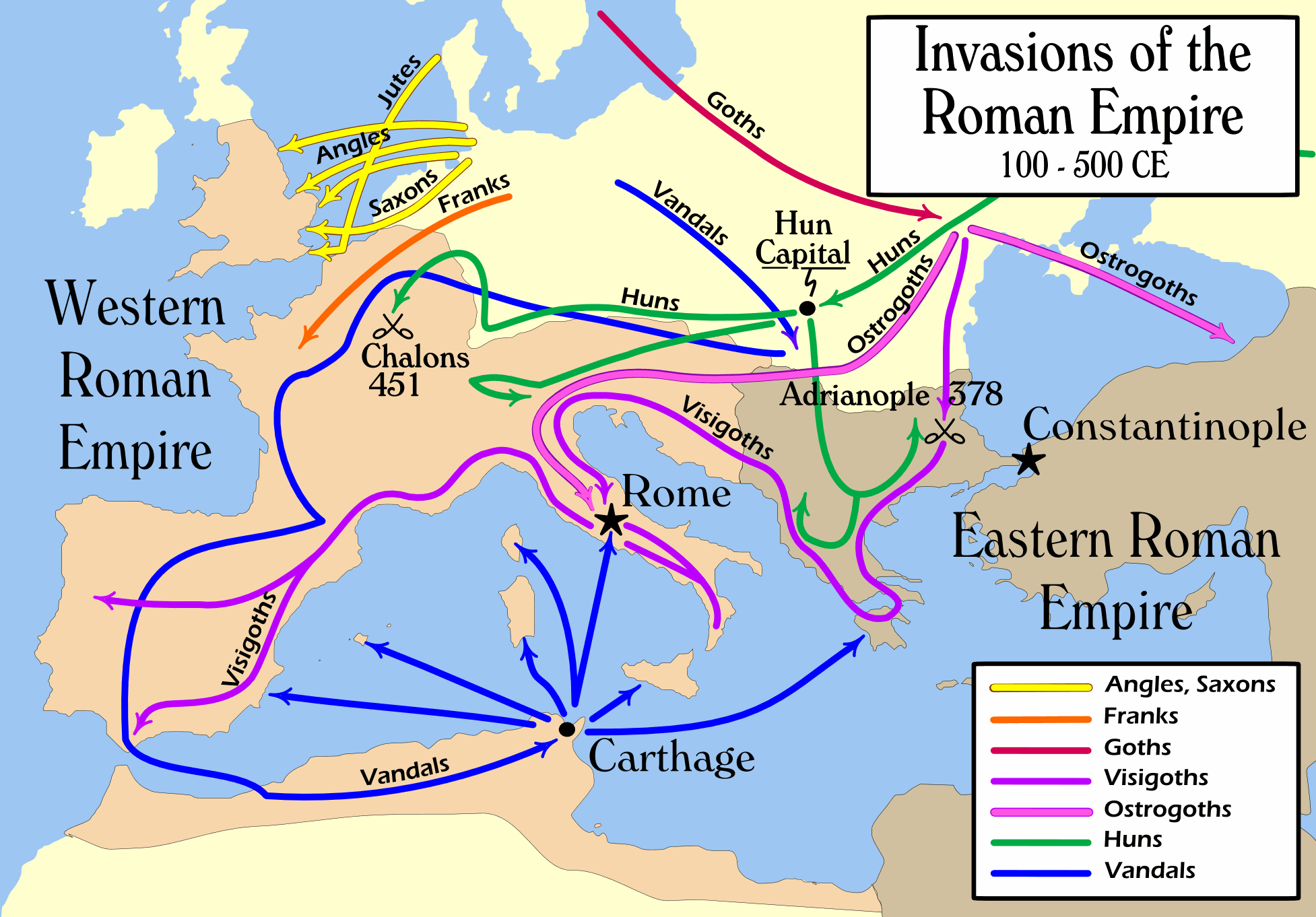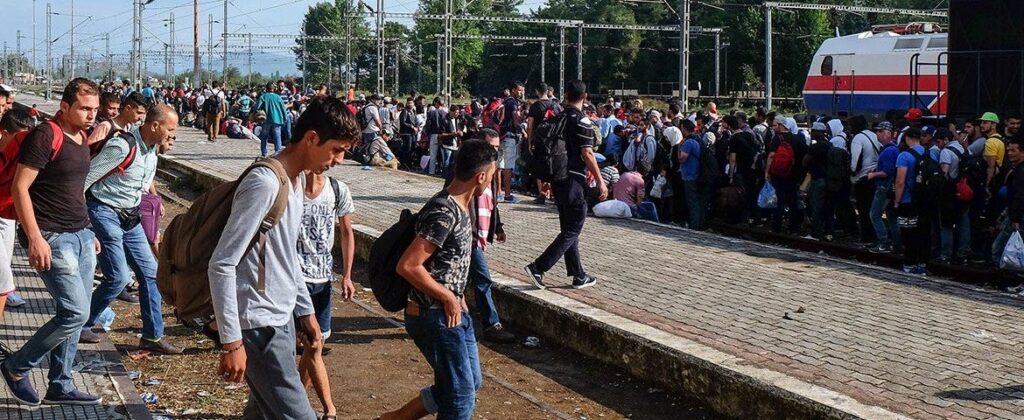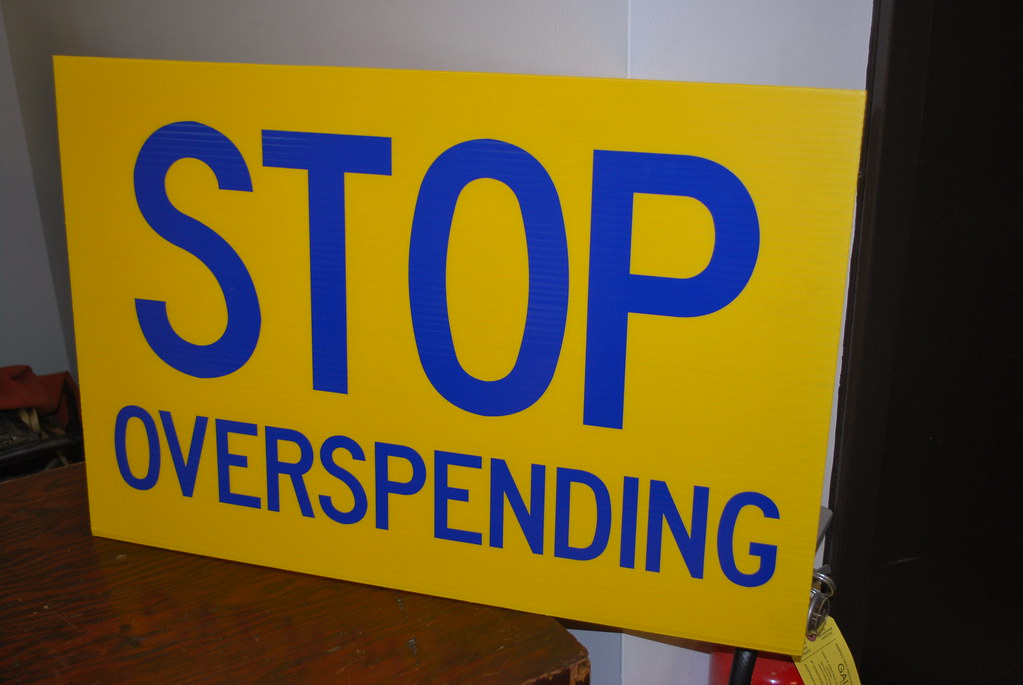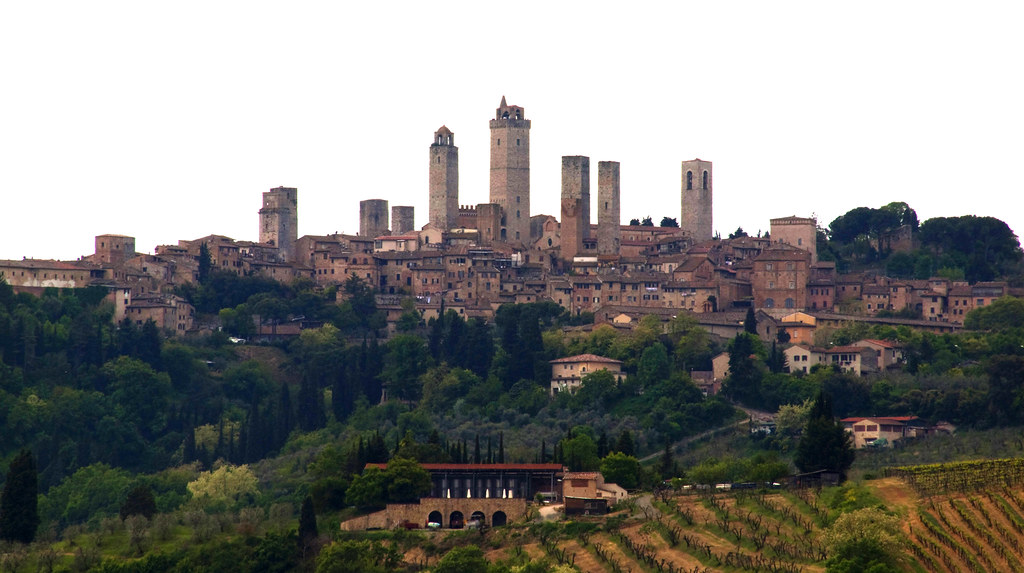
Throughout history, the grand narratives of mighty empires rising to unimaginable power and then, inevitably, crumbling into dust have captivated scholars and thinkers alike. These aren’t just fascinating tales of bygone eras; they offer profound lessons for modern societies, serving as a map to recognize potential pitfalls before they spiral into irreversible decline. As Joseph Tainter’s theory of societal collapse eloquently explains, complex societies frequently falter when the mounting costs of addressing their problems begin to outweigh the actual benefits those solutions deliver. It’s a pragmatic perspective that cuts through abstract philosophy to reveal a stark, mathematical reality.
Empires, in their hubris, often believe themselves to be unique, eternal, and immune to the laws of historical gravity. Yet, countless civilizations, regardless of their perceived advancement or strength, have succumbed to a recurring sequence of failures. Collapse is rarely a sudden, catastrophic event, but rather a drawn-out process where minor problems accumulate, administrations bloat, and social cohesion frays, leading to a system overwhelmed by its own complexity. By understanding these patterns, we can look beyond mere dates and facts to grasp the underlying processes that shape the ebb and flow of human civilization, gaining crucial insights into building more resilient and sustainable societies.
This in-depth exploration will dissect 14 of the most common mistakes and systemic vulnerabilities that have repeatedly paved the way for the downfall of empires across millennia. From external assaults that stretched resources thin to internal corruption that eroded public trust, these factors offer a stark reminder that even the most formidable powers are susceptible to decay when fundamental issues are left unaddressed. Let us embark on a journey through history, not to predict doom, but to diagnose the vulnerabilities that can be observed and, hopefully, mitigated in our own complex world.

1. **Unchecked External Threats and Invasion**Empires, by their very nature, often expand through conquest, bringing them into conflict with neighboring powers or smaller, resilient groups. However, when an empire finds itself engaged in constant warfare, its resources become stretched thin, leaving its borders vulnerable to persistent attacks. This constant military expenditure and the drain on manpower can slowly chip away at the empire’s ability to defend itself, creating a fertile ground for eventual collapse.
The fall of the Western Roman Empire stands as a prime, sobering example of this phenomenon. Barbarian invasions, from the Goths to the Vandals, relentlessly chipped away at the empire’s vast borders over centuries. While these invasions were not the sole cause, they were a significant external pressure that exploited the empire’s growing internal weaknesses, contributing profoundly to its eventual inability to defend itself and maintain its territorial integrity. The strain of defending such a large territory became unsustainable.
Moreover, the historical record is replete with instances where military defeats and foreign invasions have crippled even formidable empires. The earliest known civilization of Sumer, in Mesopotamia, for instance, collapsed under the strain of recurring invasions in the second millennium B.C., illustrating that this pattern is as ancient as civilization itself. Whether through direct conquest or a gradual erosion of territory and resources, the inability to effectively counter external military threats consistently proves to be a fatal flaw for empires.
Read more about: Remember the’90s? These 16 Cultural Earthquakes Were the Absolute Rulers of Fear and the Midnight Show.

2. **Unsustainable Mass Migration**Societies are dynamic entities, but uncontrolled and large-scale demographic shifts can place immense pressure on even the most robust systems. Large influxes of refugees, often fleeing war, famine, or persecution in neighboring regions, can strain a society’s existing resources to their breaking point. This burden can manifest in various ways, from increased demand for food and housing to heightened competition for jobs, ultimately leading to social unrest and instability within the host empire.
The collapse of the Han Dynasty in China provides a pertinent historical illustration of this challenge. Its decline is partly attributed to mass migrations from nomadic groups dwelling on the northern borders. As these groups, often displaced themselves, sought new lands and resources, they pressured the Han empire, leading to internal conflicts and the eventual weakening of central authority. The existing infrastructure and economic capacity simply could not absorb such significant demographic shifts without experiencing profound disruption.
The complexity of managing such migrations often exacerbates existing social and economic divisions. When a society is unable to integrate or provide for large numbers of new arrivals, the resulting tensions can fracture social cohesion, making the empire more vulnerable to internal strife and external pressures. The strain on resources, coupled with cultural and social friction, can become an unmanageable problem that hastens an empire’s decline.
Read more about: The ’70s Puzzle: 12 Lost Giants – Why These American and Global ‘Trucks’ Vanished from the Roads of History

3. **Unmitigated Climate Change and Environmental Shifts**Environmental factors, particularly gradual shifts in climate patterns, have played a silent yet devastating role in the downfall of numerous civilizations. Societies throughout history have been deeply reliant on predictable weather patterns and stable ecological conditions for agricultural production, which forms the bedrock of their food supply and economy. When these conditions change, even subtly over decades or centuries, the consequences can be catastrophic.
The demise of the Mayan civilization is a stark example, widely believed to be linked to a prolonged drought that severely disrupted their agricultural systems. Such a persistent lack of rainfall would have led to widespread crop failures, food shortages, and ultimately, famine, destabilizing their complex societal structures. Similarly, archaeologists believe a 300-year drought decimated the Akkadian empire in Mesopotamia, illustrating the potent, long-term impact of climatic shifts on foundational food production systems.
The Khmer civilization of Cambodia, responsible for the magnificent Bayon temple, also experienced its decline between the 9th and 14th centuries, with scientists citing drought as a significant contributing factor. These examples underscore that even advanced societies, with sophisticated infrastructure and social organization, are fundamentally vulnerable to large-scale environmental changes. When the environment can no longer sustain the population, the intricate web holding a civilization together begins to unravel, often irreversibly.

4. **Resource Depletion and Environmental Mismanagement**Beyond broad climate shifts, the specific way societies manage their local resources is another critical factor in their long-term viability. Societies that become heavily reliant on finite resources, such as timber for building or fertile land for agriculture, can face inevitable collapse if those resources are depleted without sustainable alternatives. This focus on short-term gain over long-term ecological health is a recurring mistake throughout history.
Easter Island offers one of the most stark and chilling examples of how environmental mismanagement can lead to societal decline. The island’s deforestation, driven by the need for timber and land, ultimately removed the ecological foundation that supported its once-thriving civilization. Without trees for canoes, shelter, or to prevent soil erosion, the society found itself unable to sustain its population, leading to irreversible decline. It’s a powerful narrative of self-inflicted environmental catastrophe.
Furthermore, unsustainable practices like extensive deforestation, relentless soil depletion, and poor water management are not isolated incidents; they are systemic problems that have contributed to economic decline in many empires. The Roman economic engine, for instance, which heavily depended on conquest and slave labor, proved unsustainable in the long run. As conquest slowed, fewer cheap slaves meant fewer human resources to maintain agriculture and infrastructure, highlighting how resource-intensive models, when not sustained, can sow the seeds of their own destruction. This environmental degradation, whether sudden or gradual, directly impacts the economic and social stability of an empire.
Read more about: The Bitter Truth: Unpacking Corrupt Agendas Unveiled Across Global Institutions and Industries

5. **Exacerbated Economic Inequality and Overspending**Economic stability is a cornerstone of any thriving society, and its erosion frequently signals impending trouble for an empire. A critical mistake that has plagued numerous civilizations is the widening gap between the wealthy elite and the struggling majority, where wealth concentrates in the hands of a few. This economic disparity doesn’t just breed resentment; it can lead to profound social unrest and a loss of loyalty among the general populace, weakening the very fabric of society.
The decline of the Roman Republic serves as a powerful historical precedent, with scholars often attributing it, in part, to the widening gap between the rich and poor. As the patrician class amassed vast fortunes and land, the common citizens struggled, leading to political instability, civil strife, and a system that increasingly failed to serve the needs of its broad population. Such inequality often fuels populist movements and challenges to established authority, making governance extremely difficult.
Beyond internal inequality, many empires succumb to economic overreach, characterized by excessive debt, rampant overspending, and an unhealthy reliance on endless growth. The Ottoman Empire, for centuries thriving on conquest that brought new tax bases and resources, eventually found itself unable to keep pace with modernizing rivals. Their internal elite resisted reform, and military costs mounted, leading the empire to become addicted to European loans to sustain its bloated bureaucracy. This reliance on external credit and an inefficient internal system drained the empire’s resources, showcasing how unsustainable economic practices can lead to internal rot and vulnerability to external pressures, regardless of an empire’s past glories.

6. **Pervasive Corruption and Ineffective Leadership**At the heart of any successful empire lies effective governance and leadership. Conversely, rampant corruption and a succession of ineffective leaders are perennial mistakes that have severely weakened societies from within. When leaders prioritize self-interest, personal gain, or the advancement of a select few over the well-being of their citizens, public trust inevitably erodes. This erosion of trust, in turn, weakens the social contract and the very fabric of society, making it less capable of responding to challenges.
The later Roman emperors are frequently cited as classic examples of corrupt and ineffective leadership that significantly contributed to the empire’s downfall. Characterized by lavish indulgence, political intrigue, and a disinterest in the day-to-day governance required to maintain such a vast entity, their actions demonstrably weakened the central authority. This lack of clear, principled leadership allowed other internal weaknesses, such as economic troubles and military overstretch, to fester and intensify without adequate solutions.
Furthermore, the concept of ‘elite gridlock’ often emerges in such scenarios: ruling classes become so entrenched in their power and privilege that they are unwilling or unable to implement necessary reforms. They become disconnected from the needs of the broader population, fostering resentment and making the entire system brittle. This resistance to adaptation and reform, driven by self-preservation among the powerful, creates a vicious cycle where problems are ignored or exacerbated, rather than solved, accelerating the empire’s decline toward political instability and eventual collapse.
Read more about: Aron Bell, Last Brother of a World War II Resistance Group, Dies at 98: A Legacy of Courage and Rescue

7. **Eroding Social Cohesion and Public Faith**A strong sense of shared identity, collective purpose, and mutual trust is arguably one of the most vital glues holding a civilization together. When social divisions deepen, and trust breaks down—between citizens, between different social classes, or between the populace and its governing institutions—a society becomes profoundly vulnerable to internal conflict and disengagement. This erosion of social cohesion is a dangerous signal, more insidious than any single battle or economic downturn.
History teaches us that a loss of public faith in the system is perhaps the most dangerous signal of all. When people stop believing in their leaders, their institutions, or the fundamental principles that underpin their society, they begin to withdraw. They stop participating actively, their loyalty wanes, and they start looking for alternatives, either within or outside the established order. This widespread apathy and disengagement can be far more destructive than open rebellion, leading to a quiet, gradual breakdown of the social contract.
The ancient Anasazi, or Pueblo, people of North America offer an intriguing model where social and religious factors played a significant role in their decline. While environmental changes and warfare were present, studies also attribute their downfall to a divisive religious crisis that caused many Puebloans to migrate south to follow a new evangelical faith. This internal ideological split fractured their shared identity and purpose, demonstrating how a loss of unity, even without overt conflict, can lead to the abandonment of settlements and the reshaping of a civilization. The coherence of a society, its ability to act as one, is a crucial bulwark against collapse, and its fragmentation is a deeply concerning mistake.
The first seven factors laid bare the immediate and profound pressures that chip away at an empire’s foundations, from external invasions to internal rot. Yet, the story of collapse extends deeper, revealing systemic weaknesses that, once embedded, become almost impossible to reverse. These aren’t merely individual missteps but rather inherent vulnerabilities that accumulate over centuries, often leading to a complex interplay of failures where one problem exacerbates another. This second section delves into seven more of these profound systemic weaknesses, demonstrating how they ultimately lead to the irreversible decline of once-mighty civilizations.

8. **Devastating Epidemics and Disease**The invisible enemy of disease has, throughout history, proven to be a silent yet incredibly potent force in bringing mighty civilizations to their knees. Epidemics can sweep through populations with terrifying speed and lethality, indiscriminately devastating communities, depleting labor forces, and shattering social order. The sheer scale of death and illness can overwhelm even the most sophisticated societies, disrupting every aspect of daily life and governance.
A chilling example is the Black Death, which ravaged Europe in the 14th century. This plague led to massive population reductions, creating severe labor shortages across all sectors, from agriculture to military service. Such a sudden and dramatic loss of human resources inevitably triggered widespread famine due to unharvested crops and a complete breakdown of economic activity, profoundly contributing to societal collapse by dismantling the very foundations of communal survival and production.
Furthermore, the introduction of foreign diseases can be particularly catastrophic for populations with no natural immunity, as seen during periods of conquest. The Spanish invasion of the Mayan civilization in the 16th century, for instance, brought not only warfare but also unfamiliar diseases. These foreign pathogens severely diminished the Mayan population, contributing significantly to their overall decline and rendering them more susceptible to the conquerors’ foreign cultures and systems of governance.
Read more about: The Unforeseen Burden: Why Gen Z and Millennials Faced Greater Mental Health Strain Amidst the Initial COVID-19 Pandemic

9. **Technological Stagnation and Military Decline**In a world of constant innovation and evolving threats, an empire’s failure to adapt technologically, particularly in military advancements, is a fatal systemic weakness. Staying ahead, or at least abreast, of rivals is crucial for maintaining borders, protecting trade routes, and projecting power. When an empire falls behind, its once formidable military might can quickly become obsolete, making it vulnerable to stronger, more modern forces.
The Ottoman Empire serves as a compelling case study in this regard. For centuries, its military prowess, fueled by conquest, was a cornerstone of its power, bringing in new tax bases and resources. However, as European rivals modernized their armies with new technologies and tactics, the Ottomans’ elite class resisted essential reforms. This unwillingness to adapt meant the empire lagged behind, unable to keep pace with the changing global landscape.
This technological lag had direct and devastating economic consequences. Mounting military costs, coupled with an outdated military structure, became an unsustainable burden. The empire, once a dominant force, found itself increasingly reliant on European loans to sustain its bloated bureaucracy and maintain a defense against more technologically advanced adversaries. This stagnation, therefore, was not merely a military oversight but a deep systemic flaw that drained the empire’s resources and accelerated its internal rot.
Read more about: Which US States Have the Highest and Lowest Gasoline Excise Taxes?

10. **The Burden of Overexpansion and Imperial Overstretch**While expansion can be a source of strength, bringing in new wealth and resources, there comes a critical tipping point where growth transforms into an unsustainable burden. Empires, in their quest for ever-greater power and territory, often overextend themselves, creating logistical and administrative challenges that become impossible to manage. This “overexpansion” stretches an empire’s resources thin, making both governance and defense increasingly difficult.
The vastness of the Roman Empire, for example, while a testament to its might, ultimately became a significant contributing factor to its downfall. Maintaining control over such an immense territory demanded immense resources for administration, infrastructure, and military garrisons. Each new province, which initially brought wealth, eventually required more resources to govern and defend than it generated, leading to an inverse return on investment and a system perpetually struggling to meet its own demands.
Similarly, the Mongol Empire, despite its initial rapid expansion, ultimately fragmented due to challenges inherent in its vastness. A lack of political unity across its diverse regions, coupled with succession struggles, meant that governing such an enormous and disparate collection of territories became untenable. The cost and complexity of maintaining control over far-flung outposts often outweigh the benefits, leading to a decentralization of power and eventual collapse of central authority.

11. **Economic Competition from Rival Powers**Even without direct military conflict, the shifting tides of global economics and the rise of rival economic powers can profoundly weaken an empire’s foundations. An empire’s prosperity is often tied to its dominance in trade, resource control, or manufacturing. When this dominance is challenged by external competition, or when established trade routes change, its economic engine can falter, leading to decline and vulnerability.
The Ottoman Empire, again, provides a pertinent example of an empire struggling with external economic pressures. While it initially thrived on its strategic position and military conquests, it gradually faced intensifying economic competition from European powers. As European nations developed new trade routes and embraced industrial advancements, the Ottoman Empire’s traditional economic model became less competitive, leading to a relative decline in its economic standing.
This competition meant that its economic engine, which had once been the envy of the world, could not keep pace with the demands of its military or its sprawling administration. The inability to adapt to these new global economic realities, coupled with internal resistance to reform, left the empire increasingly reliant on external loans to sustain its existing structure. Economic competition, therefore, became a powerful external force exacerbating internal weaknesses and hastening decline.
Read more about: From Cataclysm to Celluloid: 14 Real-Life Historical Events That Ignited Hollywood’s Most Intense Thrillers

12. **Internal Political Instability and Power Struggles**Beyond individual acts of corruption, deep-seated political instability and continuous power struggles within an empire’s ruling elite can paralyze governance and sow the seeds of destruction. When factions within the leadership are constantly vying for control, rather than collaborating for the collective good, effective decision-making becomes impossible. This internal conflict diverts resources, erodes central authority, and leaves the empire incapable of addressing critical challenges.
The Mongol Empire, following the death of its great leaders, experienced significant internal political instability, notably succession struggles. These conflicts among contenders for power fractured the empire, replacing unified rule with regional autonomy and infighting. Such struggles are incredibly destructive, as they weaken the central government’s ability to project authority, collect taxes, or coordinate defense, leaving the vast territories vulnerable to both internal dissent and external threats.
Moreover, power struggles often manifest as “elite gridlock,” where the ruling classes become so entrenched in their positions and privileges that they are unwilling or unable to implement necessary reforms. This resistance to adaptation, driven by self-preservation, creates a system where crucial problems are ignored or exacerbated. The internal focus on political maneuvering overshadows the needs of the broader population, leading to a brittle system prone to collapse.
Read more about: Stepping Back to the Sixties: The 11 Icon-Makers Who Were the True Royals of Style and Shaped the Global Scene

13. **Infrastructure Rot and Systemic Decay**The physical and logistical backbone of any complex society is its infrastructure—the roads, aqueducts, communication networks, and administrative systems that enable its functioning. When this robust system begins to rot, either through neglect, underinvestment, or over-complexity, the entire empire slows down, struggles, and eventually falters. What once enabled growth and efficiency eventually hinders it, becoming a costly liability rather than an asset.
The Roman Empire, renowned for its monumental infrastructure, provides an illustrative example, albeit indirectly from the context. While the text notes that “fewer cheap slaves meant fewer human resources to maintain agriculture and infrastructure,” this points to a systemic failure in maintaining their foundational assets. As the empire’s economic engine faltered and resources dwindled, the upkeep of its vast network of roads, aqueducts, and public buildings would inevitably suffer.
When systems become too complicated to function efficiently, and the cost of maintenance far outweighs the perceived benefits, infrastructure begins to crumble. This decay isn’t just about crumbling bridges; it extends to the bureaucratic and administrative systems that become bloated and inefficient, hindering progress and increasing the cost of governance. The gradual breakdown of these essential systems is a clear sign of an empire heading towards decline.

14. **The Inherent Pitfalls of Over-Complexity**Ultimately, many of these individual mistakes coalesce into a overarching systemic vulnerability: the inherent pitfalls of over-complexity itself. As Joseph Tainter’s theory of societal collapse eloquently explains, complex societies frequently falter when the mounting costs of addressing their problems begin to outweigh the actual benefits those solutions deliver. It’s a fundamental challenge that transcends specific errors, revealing a structural trap many empires fall into.
As societies grow, they inevitably add layers of bureaucracy, infrastructure, and new systems to solve problems. This increasing complexity, however, doesn’t come free; it demands ever more money, time, and energy to maintain. The crucial tipping point arrives when the solutions implemented are no longer effective enough to offset their rising costs, leading to a situation where “everything costs too much, but the returns are too small.”
This isn’t a matter of philosophy but rather a pragmatic, mathematical reality. Collapse, in this view, happens not due to a single catastrophic event, but because every effort to fix accumulated problems begins to fail, leaving the society overwhelmed by its own intricate, burdensome systems. The lesson is clear: while complexity can drive progress, an unchecked proliferation of solutions without proportionate benefits will ultimately lead to an unsustainable system, destined to unravel under its own weight.
Throughout this journey, it becomes abundantly clear that empires do not simply vanish overnight. Their decline is a long, arduous process, often marked by a confluence of internal weaknesses and external pressures that erode their foundations piece by piece. From the silent devastation of epidemics to the subtle creep of technological stagnation, from the draining burden of overexpansion to the debilitating paralysis of internal power struggles, each factor plays a critical role in the unraveling. History, in this light, serves not as a harbinger of inevitable doom, but as an invaluable guide—a map to diagnose the vulnerabilities that, if left unaddressed, can lead even the mightiest civilizations down a path of irreversible decline. By understanding these patterns, we equip ourselves with the knowledge to perhaps, just perhaps, build more resilient, adaptable, and sustainable societies for the future.




